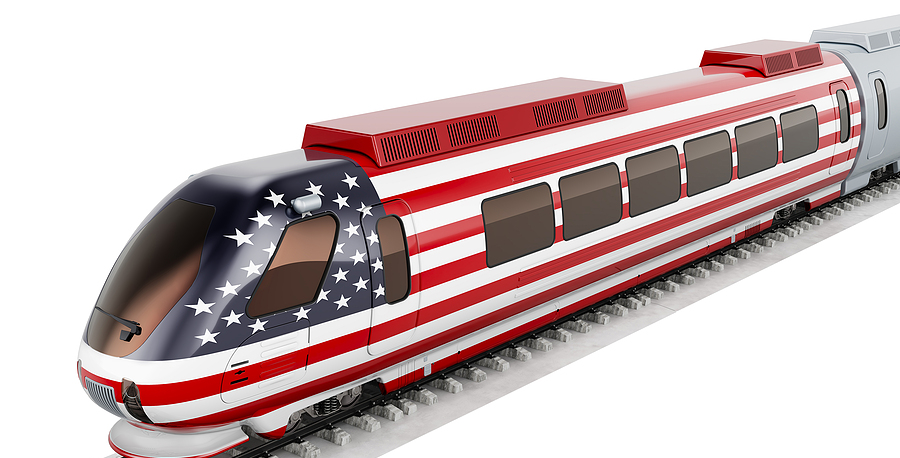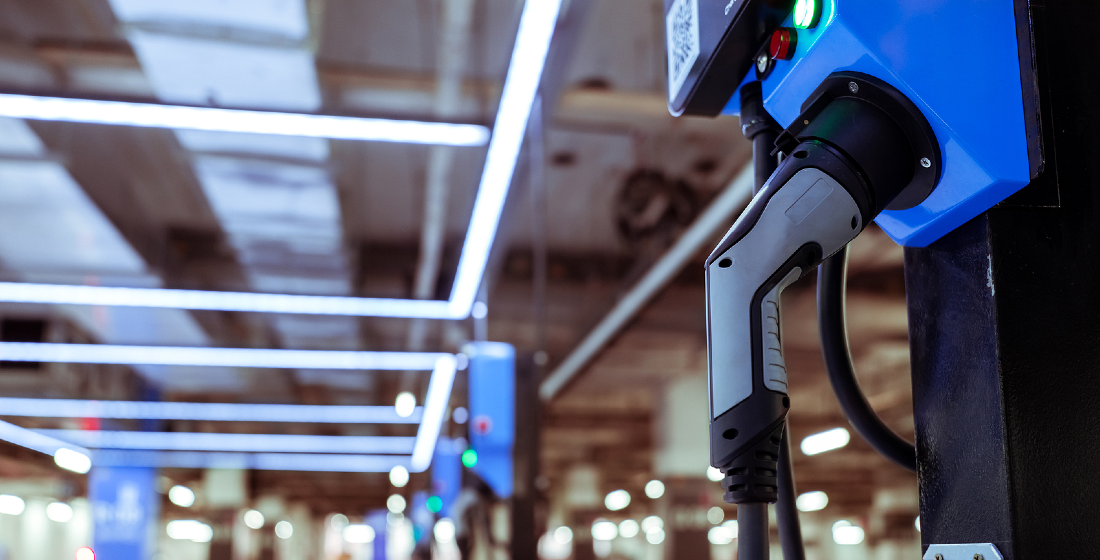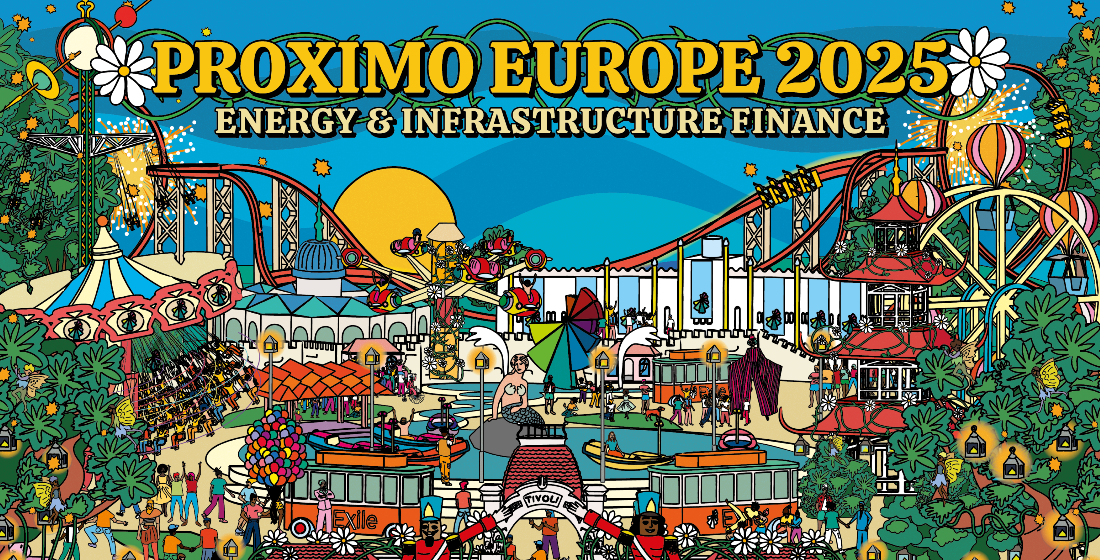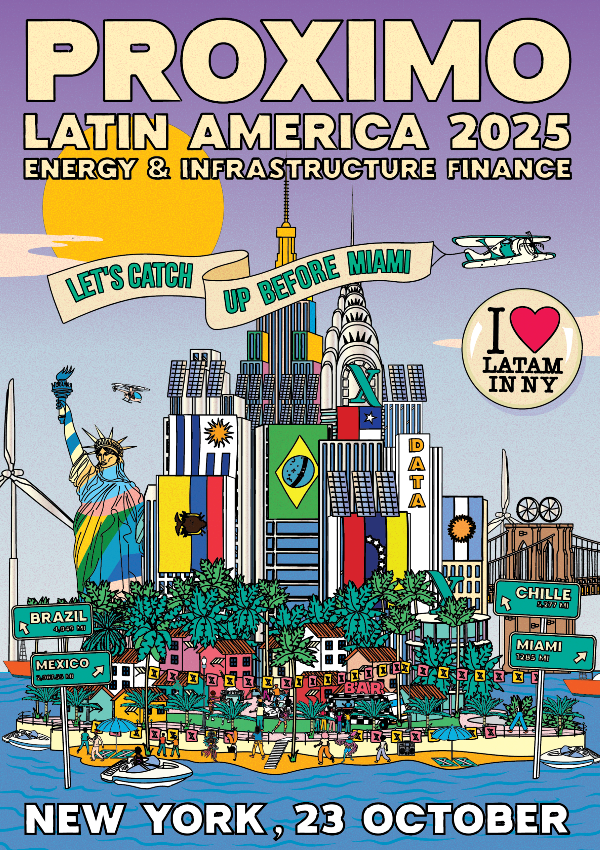Does Brightline point to a bright future for US high-speed rail?
The opening of Brightline's second passenger line has lifted the forward outlook for high-speed rail (HSR) line development in the US - but not by much. US HSR development is not the incompetent mess that the UK has got itself into, but it still faces major challenges.

The US is arguably now the global leader in encouraging the development of low-carbon power generation – certainly in terms of government stimulus dollars. But its efforts to decarbonise its transport system have leaned heavily on electric vehicles. For long-distances, its reliance on air travel remains absolute, with passenger rail barely figuring outside the crowded north-east corridor between Boston and Washington DC.
There might be a small crumb of consolation in comparing the US experience with the chaos that characterises the UK’s delayed, over budget and now drastically curtailed high-speed rail ambitions. But the US generally lags its European and Asian competitors in the development of high-speed rail infrastructure. Which is why the opening of a new passenger service between Miami and Orlando – Florida’s second and fourth largest cities – has attracted so much excitement.
Brightline, which is now ultimately a subsidiary of Abu Dhabi’s Mubadala, launched its full service on 22 September, over five years after starting a limited service between Fort Lauderdale and West Palm Beach, and nine years after closing on an ultra-high-yield financing to fund development of the project.
A lot has changed for Brightline since JP Morgan priced its $534 million in PIK debt at 12.75% in June 2014. It is still a subsidiary of Florida East Coast Industries, which owns the track on which it runs, but FECI’s parent, Fortress Investment Group, went from being a standalone listed alternative asset manager to, in 2017, a subsidiary of Japan’s Softbank to, earlier this year, part of Mubadala.
Brightline itself is the rebranded All Aboard Florida, and abandoned plans to adopt the branding of the UK’s Virgin Group in 2020, a year after the end of Virgin’s history as a UK rail operator. In 2018 Brightline bought Xpresswest, which is developing a 350km line between Las Vegas and Southern California.
In the 11 years since All Aboard Florida was first announced, Brightline has faced persistent scepticism that it can convert Florida’s drivers to rail. A large part of its struggles is a phenomenon common to US passenger rail operators – it has to share its track with freight trains.
So between Miami and West Palm Beach, trains run at 79mph, rising to 120mph on the approach to Orlando Airport. By contrast, the bulk of UK intercity trains can run at 125mph, with one short stretch in the south-east reaching 186mph. Most high speed rail operations in China, France and Spain regularly reach the 180mph level.
So Brightline has to work hard to convince travellers that at those speeds it can beat travelling by car and plane, even with their well-known inconveniences. And so far its optimism has not been borne out by reality.
The 2016 study that supported Brightline’s 2017 $600 million construction bond financing, predicted 2.94 million riders would bring in $96 million in revenue per year by 2020. However, Brightline’s most recent revenue update points to 149,821 passengers in August 2023, and year to date revenue of $38 million.
The operator can point to a 50% increase in ridership over the same period in 2022, and a 35% increase in revenues, as well as the disruptive effects of the COVID-19 pandemic. It also has much more flexibility to vary its fares to maximise its use of capacity than a public operator would. It has also decisively shifted the conversation in the US about the best way to procure new passenger rail capacity.
Brightline has benefited extensively from public support, including contributions from local governments towards new infrastructure, and generous allocations of tax-exempt bonds. Brightline has $2.39 billion of Surface Transportation Facility bonds outstanding after a 2019 refinancing and construction financing, carrying a 7.375% coupon.
It also accessed the bank markets ($185 million split between three loans, and a private placement of $400 million at an 8% coupon) to support the project’s construction. In August 2022, it sold $770 million of new bonds, of which $285 million in proceeds were used to pay down existing debt. Those bonds carry a 7.25% coupon, but were sold at a significant discount, yielding above 12%.
But PPP structures are now off the agenda in the US. In 2011, Florida rejected the grant funding that would have supported a state-procured dedicated high-speed rail line. Both Brightline West and the Texas Central Rail project are fully private, though both are likely to need to use eminent domain. The Texas project has been held up by legal challenges, though the 240-mile project between Dallas and Houston benefits from the support of the US public passenger rail operator Amtrak and a 2018 $300 million debt package from JBIC and the Japan Overseas Infrastructure Investment Corporation for Transport & Urban Development.
Brightline West issued $1 billion in short-term bonds whose proceeds are designed to be held in escrow until they can be refinanced with a full long-term project bond issue. The issuers for those bonds were two tax-exempt conduits, the California Infrastructure and Economic Development Bank and the Director of the State of Nevada Department of Business & Industry.
And California continues with its 15-year effort to build a 500-mile high-speed rail line between San Francisco and Los Angeles. So far a 119-mile section through the state’s more sparsely-populated Central Valley is in construction, with an estimated capital cost of $13.8 billion.
The 381-mile remainder of the line has an estimated cost of $80 billion, and the California High Speed Rail Authority, the public authority that will own the project (and borrowed $9.5 billion towards its construction in 2008) acknowledges frankly the challenges of producing accurate ridership estimates in the post-pandemic era, and accurate cost estimates in an era of higher inflation and debt costs.
The Proximo perspective
The California HSR project has been effective in winning state-level allocations of funding sources, as well as federal grant funding. The 2021 Infrastructure Bill allocated $12 billion to passenger rail, with the Biden administration suggesting the goal will be to put money to work quickly rather than insisting on particular procurement routes.
And none of the leading US high-speed rail projects makes a convincing case for being the template to follow. Texas Central points to a role for ECA debt in funding high-speed rail, but has appeared to lack the muscle to get its permits lined up. Neither the public nor the private California project has made sufficient progress to silence its critics. And Brightline Florida’s access to its own track is hard to repeat.
It might not be as depressing as the UK’s high speed rail outlook, but there’s still a long road to run for US developers.





